When deling with access token OAuth 2.0 In a nutshell what's the difference from using:
AccountManager.getAuthToken ("oauth2:https...userinfo.profile"),
and using Google Plays:
GoogleAuthUtil.getToken(mActivity, mEmail, mScope)
As I understand it they both produce a challenge screen for the user, the Google Plays screen is user friendlier. The access token can have same scope right?! Both call have to be asynchronously. InvalidateToken looks like it has to be checked for in both calls, and more?





